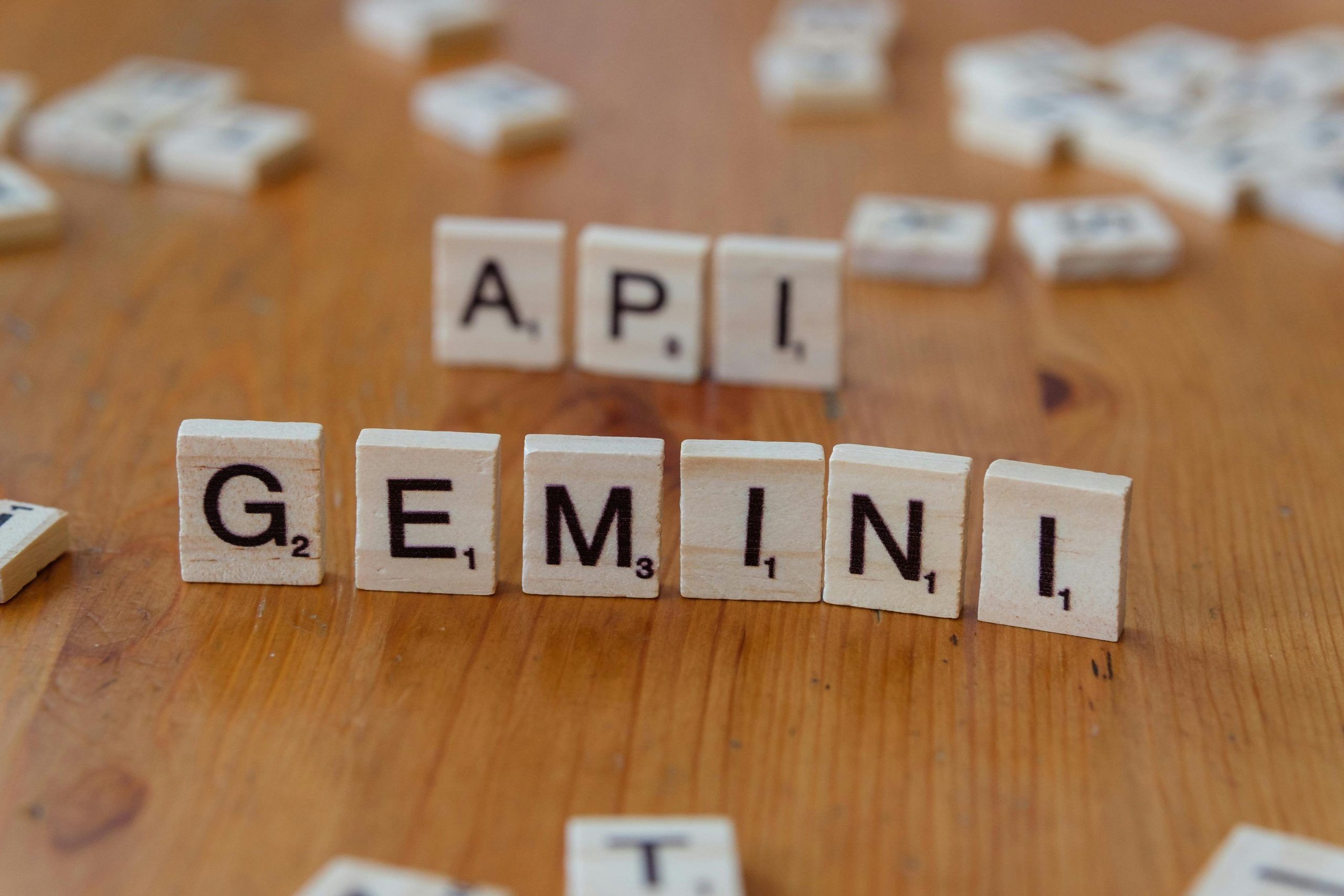From Skepticism to Dominance: Satya Nadella’s High-Stakes Bet on OpenAI That Bill Gates Predicted Would Flop

The narrative of Microsoft’s partnership with OpenAI is often presented as a masterclass in visionary corporate foresight. Yet, behind the multi-billion-dollar success, there was a moment of profound institutional doubt, starkly illuminated by the cautionary voice of co-founder Bill Gates. Microsoft CEO Satya Nadella recently recalled the intense internal friction surrounding the initial capital commitment, revealing that Gates, with the weight of technological history behind him, offered a grim prognosis: “Yeah, you’re going to burn this billion dollars”. This anecdote, surfacing in late 2025, underscores the immense risk tolerance required for the initial \$1 billion investment in 2019, especially when staking commercial capital against an unproven, nonprofit entity. Today, that calculated risk has transformed Microsoft’s market position, culminating in a recent corporate recapitalization that values their stake at approximately \$135 billion in an entity now globally recognized as the titan of generative artificial intelligence. This article details the arc of this relationship, from Gates’ skepticism rooted in structural complexities to the recent, intricate governance shifts of late 2025 that cement a nearly century-long strategic alignment.
The Initial Financial Stance and Structure
The initial commitment made in 2019 was not merely a large financial outlay; it was a complex proposition complicated by OpenAI’s foundational organizational ethos. The sheer magnitude of the capital signaled Microsoft’s commitment to an emerging technology paradigm, but it simultaneously demanded justification against traditional fiscal caution, which Gates embodied.
The Groundbreaking Initial Capital Commitment
The first tranche of funding, totaling \$1 billion, served as a critical accelerant for OpenAI’s computationally intensive research endeavors. This infusion was immediately channeled into securing the massive compute resources necessary for training large language models, a necessity that was almost entirely provisioned via Microsoft’s proprietary Azure cloud platform. This created an essential, foundational exchange: Microsoft provided the high-end infrastructure and the capital, and in return, it secured preferred access to the resulting research and technology trajectory. Nadella later admitted he did not invest expecting a “hundred bagger,” but rather to take a necessary chance on a pivotal area of technology.
Navigating the Nonprofit Entity Framework
A central element of Bill Gates’ pronounced caution was the legal and fiduciary ambiguity of OpenAI’s structure at the time. As fundamentally a nonprofit organization, the infusion of significant commercial capital presented unique hurdles, as standard venture capital metrics for return on investment (ROI) were inapplicable or, at best, abstractly defined. The early partnership was characterized by a delicate balancing act: structure the deal to deliver tangible commercial benefits to Microsoft—chiefly, preferential technology access—while rigorously upholding OpenAI’s founding mission rooted in philanthropy and open research principles. This necessitated a highly tailored agreement that would inevitably become restrictive as the for-profit potential of the technology became clear, setting the stage for the governance evolution seen in 2025.
The Warning Echoing Through Corporate Corridors
The specific, visceral imagery used by Bill Gates—that the investment would be a “billion dollars” that would be “burned”—was far more potent than a simple expression of financial reservation. It distilled the perceived risk associated with foundational, unproven technology into a relatable warning for corporate stakeholders.
Deconstructing the “Burning Money” Analogy
The metaphor powerfully communicated the extreme downside risk in cutting-edge artificial intelligence research. In this nascent field, characterized by astronomical computational expenses and unpredictable theoretical breakthroughs, the probability of the investment yielding zero immediately monetizable return was demonstrably high. Gates was invoking a historical pattern where ambitious, resource-heavy technology ventures often fail to translate scientific progress into commercial success, a cautionary tale for any large corporation leaping into the unknown, regardless of the talent involved.
The Implied Uncertainty of Early Stage Research
Beyond the monetary figure, Gates’ warning addressed the fundamental opacity of betting on a completely new technological domain. The core uncertainty was not just technical—Will the research yield a breakthrough? Will another research path prove more efficient?—but also organizational. Could the startup successfully manage the complex transition from a pure research laboratory to a high-stakes technological partner with global commercial ambitions? These unknowns represented the true risk flagged to Nadella, advocating for a tempered, realistic expectation of outcomes.
The Evolution from Doubt to Dominance
The period following the initial capital deployment witnessed a technological eruption that decisively altered the perceived risk profile of the entire endeavor. The catalyst was the late 2022 public deployment of ChatGPT, which instantly converted an internal strategic bet into a globally recognized, market-defining phenomenon, effectively silencing the initial chorus of skepticism with undeniable, real-world traction.
The Unprecedented Public Adoption of the Technology
The velocity with which OpenAI’s flagship generative model captured the global imagination was unprecedented in recent technology history. Following its initial public demonstration in November 2022, the service attracted millions of users in a matter of days, validating a public appetite for powerful, accessible AI that few market analysts had correctly modeled. This explosive, organic adoption provided the most robust validation possible for the initial, highly doubted faith placed in the underlying research. The core corporate question immediately shifted from “Will this work?” to “How rapidly can we scale to meet this demand?”.
The Escalation of Microsoft’s Financial Involvement
The tangible success of the technology immediately justified a significant and rapid escalation of Microsoft’s financial commitment. The initial \$1 billion seed funding was quickly succeeded by subsequent, larger tranches, pushing the total cumulative investment to over \$13 billion by 2025. Each new capital approval became simpler to secure because the initial technological and market risk had been dramatically de-risked by proven performance metrics and mass user adoption. This escalating commitment was a direct strategic necessity to secure and expand the advantages gained from the deep, early-stage partnership.
Architectural Shifts in the Partnership Agreement
As the scale and commercial value of the partnership grew throughout 2023 and 2024, the original 2019 governance framework, designed for a nonprofit interfacing with a corporate partner, became an increasingly restrictive bottleneck for a company aiming for global AI infrastructure dominance. This tension culminated in a major governance overhaul finalized in October 2025.
The Strategic Transition to a Public Benefit Corporation
A landmark development, finalized on October 28, 2025, involved OpenAI’s strategic transition to a Public Benefit Corporation (PBC) structure, following months of engagement with regulators in Delaware and California. This evolution was a calculated maneuver designed to unlock the necessary avenues for massive capital raising—including the prospect of an Initial Public Offering (IPO)—while attempting to retain oversight mechanisms linked to its mission-driven ethos. The PBC structure became the industry standard for competitors like Anthropic, signaling a necessary modernization.
Redefining Governance and Future Capital Acquisition
The new corporate architecture provided OpenAI Group PBC with the critical latitude to attract substantial follow-on capital required for the next generation of increasingly enormous and expensive foundational models. This restructuring also clarified and, in key areas, strengthened Microsoft’s strategic standing. Under the October 2025 agreement, Microsoft secured a stake in the new PBC valued at approximately \$135 billion, representing 27% ownership. Concurrently, the agreement secured critical intellectual property (IP) rights for Microsoft relating to OpenAI’s models until 2032, contingent upon an independent panel verifying any future AGI claims. This provided a stable, protected strategic influence as the race for AI dominance intensified against major technology rivals.
The Retrospective Validation of the Decision
From the vantage point of late 2025, the initial investment decision is now almost universally lauded as one of the most strategically prescient capital allocations in modern corporate history. The financial and strategic payoff has dramatically surpassed even the most optimistic early projections, validating Nadella’s willingness to embrace high-risk, high-reward technological transformation.
Quantifying the Partnership’s Current Valuation
The return on the initial, doubt-laden billion dollars is staggering when measured against the current metrics. The October 2025 recapitalization established an implied total valuation for OpenAI of around \$500 billion, based on Microsoft’s 27% stake being valued at \$135 billion. This monumental appreciation transforms the initial expenditure from a speculative bet into a foundational asset underpinning Microsoft’s entire market capitalization narrative and future growth projections. Furthermore, Microsoft’s total committed funding of over \$13 billion has yielded nearly a tenfold return on paper following the recent financing rounds.
The Strategic Alignment with Future Cloud Infrastructure
Beyond the direct, quantifiable equity value, the ultimate validation lies in the symbiotic feedback loop forged between OpenAI’s frontier research and the Azure cloud platform. The necessity of training ever-larger models drove a massive, continuous demand for Azure’s cutting-edge compute capacity, establishing a powerful moat for Microsoft’s core enterprise business. The new contract, while ceding the right of first refusal, locks in a commitment for OpenAI to purchase an incremental \$250 billion of Azure services, guaranteeing immense revenue growth for Microsoft’s infrastructure segment for years to come. This structural integration is perhaps the most enduring strategic asset generated by the initial partnership.
Lessons Learned for Corporate Innovation Strategy
The entire saga—the initial skepticism, the unyielding commitment, and the ultimate triumph of the OpenAI investment—provides timeless, actionable lessons for established organizations navigating rapid technological upheaval. It serves as a blueprint for leveraging institutional legacy to actively foster, rather than passively resist, true disruption.
Balancing Institutional Wisdom with Disruptive Foresight
The dynamic between Nadella and Gates exemplifies a healthy, productive tension vital for the longevity of any major technology enterprise. Gates’ caution, rooted in the institutional wisdom of past technological cycles and the known pitfalls of high-risk endeavors, acts as a necessary counterweight against hubris. Conversely, Nadella’s disruptive foresight—the recognition of AI as an inescapable paradigm shift—was essential to prevent institutional inertia from causing the company to miss the moment. The most successful outcomes, demonstrated here, occur when these two forces engage in continuous dialogue, allowing caution to temper necessary ambition without extinguishing the required leap of faith.
The Enduring Narrative of Bold Ventures in Technology
Ultimately, this high-profile anecdote serves as a powerful, data-backed reminder that the most significant technological advances rarely stem from safe, incremental resource allocation. They demand a willingness to allocate substantial resources to propositions that, on paper, appear highly questionable or even reckless to established leadership. The history of technological progress is written by those who possessed the courage to identify and fund potential in the unproven, often against the counsel of even the most respected internal figures. This powerful narrative, distilled from a simple yet profound exchange between two titans of the industry, firmly establishes the Microsoft-OpenAI partnership as a contemporary masterclass in visionary corporate leadership for the twenty-first century, driving not just the companies involved, but the entire trajectory of global digital infrastructure.










